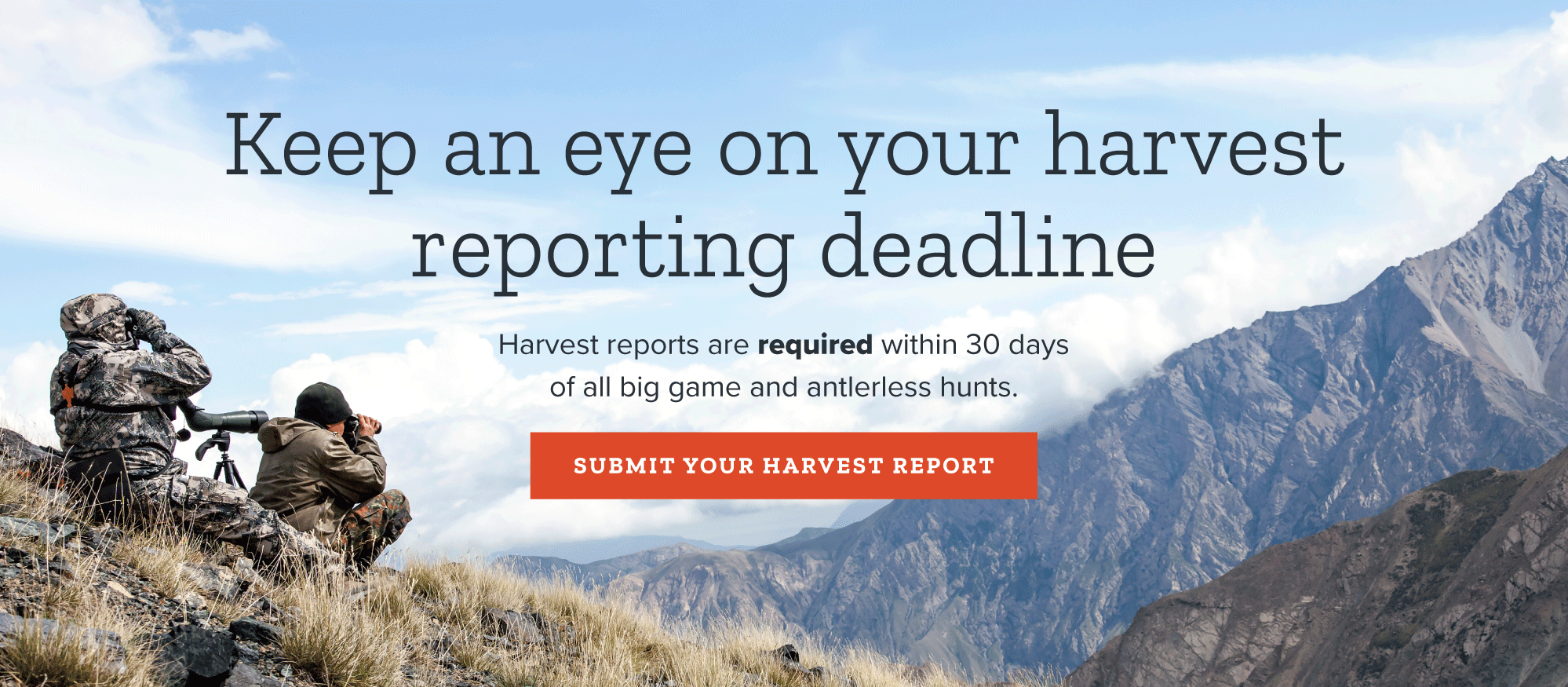Come see sandhill cranes in the wild at DWR events this fall
Vernal — Many bird-watchers travel to western states to see sandhill cranes in the wild, but if you live near a field in the Uintah Basin, you're no stranger to the loud, rattling call of these large migratory birds. If you have never seen or heard one up close, your opportunity is coming up!
Sandhill cranes are unique birds. They perform unique dancing and courtship rituals and then choose mates that perform the best. The birds typically lay two eggs in the spring, and the parents and juveniles spend the first winter together and then separate the following spring.
"They have loud voices that can be heard up to 2.5 miles away," DWR Northeastern Region Outreach Manager Tonya Kieffer-Selby said.
Cranes use their extra long legs as defense mechanisms, often kicking violently when attacked and threatened by predators. During the winter months, the cranes flock to fields, pastures, grasslands and wetlands before returning to roost along riverbanks and shallow lakes at night.
You can see these unique birds — and learn more about them — on Saturday, Oct. 1 as the Utah Division of Wildlife Resources and its local partners host two free sandhill crane viewing events. Participants will need to drive themselves to the viewing areas during the two different auto tours. Binoculars and spotting scopes will be available for you to use, but you should bring your own equipment if you have it.
The first auto tour runs from 7–9 a.m. Participants will meet at the Jensen Nature Park at 8775 E. 6000 South in Jensen and will then drive to fields near the Green River in Jensen.
"Sandhill cranes flock to the Uintah Basin during migration and are very easy to spot in the fields," Kieffer-Selby said. "They have a crimson crown and gray body, and at about 4 feet tall, they're one of the largest migratory birds in the world."
The second viewing event takes place from 5-7 p.m. The auto tour will meet at the commuter parking lot at the intersection of Highway 40 and state Route 88 (the turnoff to the Ouray National Wildlife Refuge) located between Vernal and Roosevelt. The tour will then head to the cranes’ roosting grounds at Pelican Lake and the Ouray National Wildlife Refuge. "In addition to driving your own vehicle, be sure to bring layers of clothes appropriate for the weather, as well as drinks, water and snacks," Kieffer-Selby said. "Also, if you want to get good, high-quality photos, bring a telephoto lens for your camera."
Sandhill cranes are opportunistic eaters, grazing on plants, grains, insects, snakes and mice. For farmers, this can be frustrating, as the cranes can damage crops by digging up tubers and agricultural seed.
"Changes in weather patterns may mean a significant increase in the number of birds that become permanent residents of the area, especially in the winter months," Kieffer-Selby said. "This, of course, is excellent for bird watchers, but it can prove to be troublesome for local farmers. We understand the frustration local farmers have with these birds."
The crop damage the cranes cause is one of the main reasons the DWR has been working with the U.S. Fish and Wildlife Service and the Pacific Flyway Council to offer more crane-hunting permits in the area.
"In addition to viewing cranes, we hope the event will help teach the public about the importance of wildlife management," Kieffer-Selby said.
While the viewing event is free, participants are asked to register for it in advance on Eventbrite. For more information about the event, contact the DWR Vernal office at 435-781-9453.



















